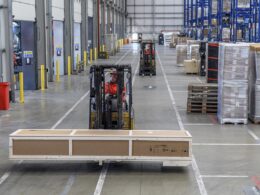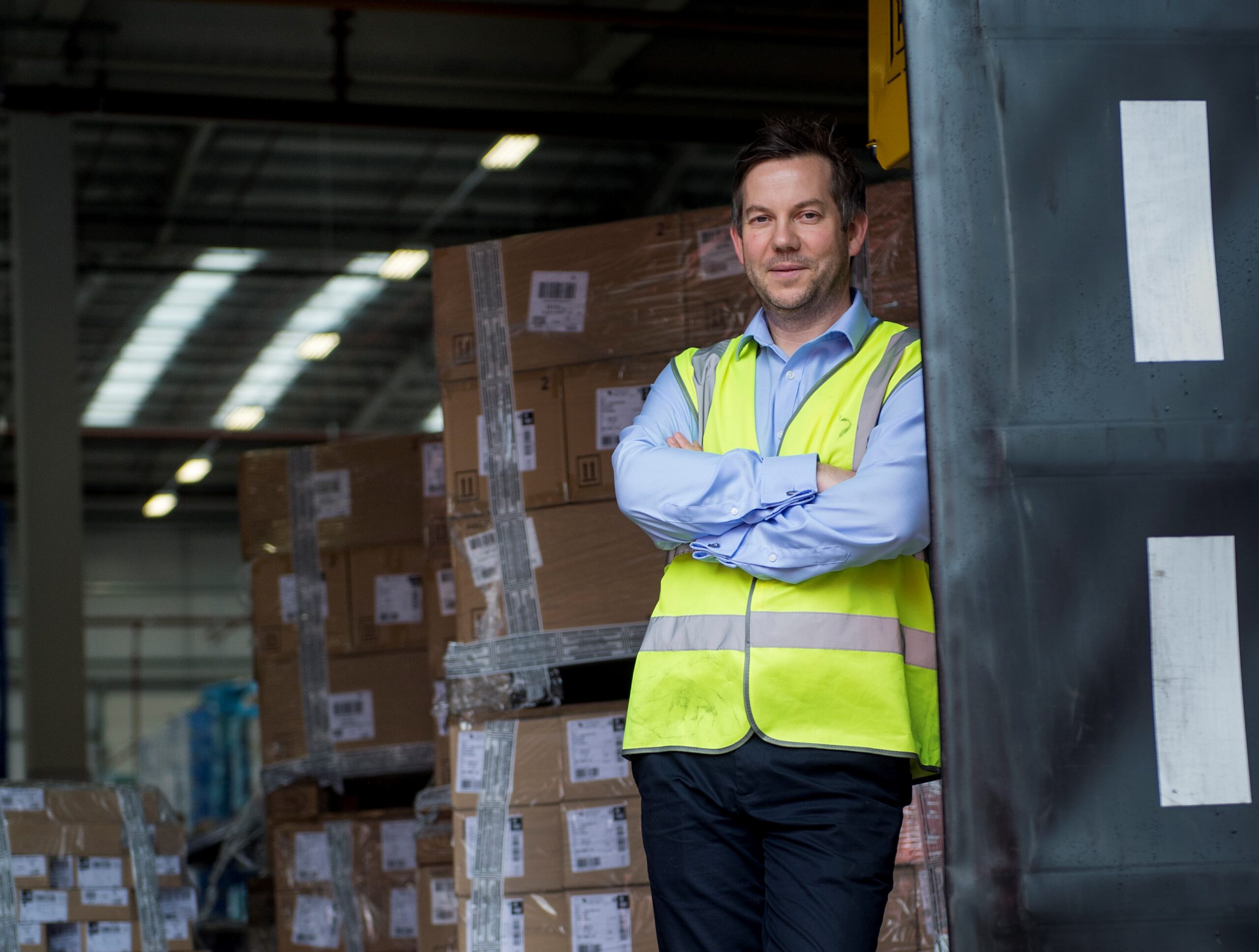There’s never been a better time to be a customer. In an age where dissatisfaction with a delivery arriving half an hour late can prompt a surge of complaints across multiple channels, it’s important to get customer service right. By devoting a great deal of time to improving the OTIF (On Time In Full) performance, by optimising deliveries so that they arrive faster, many trading and production companies are managing to achieve this. The key question is whether or not it is possible to have your cake and eat it, by being profitable at the same time. The answer is an emphatic “yes”.
In order to improve the margins, and thus increase profitability on client orders, there are a number of considerations that need to be taken into account. For example, how can you shorten the cycle between order and payment? How many and which clients pay too late? And which payments are not made at all? These are attention points where unfortunately the logistical and financial responsibilities in many organisations operate independently of each other.
Before they can raise margins on client orders, trading and production companies often consider how they can improve the procedure between placing an order and its delivery to the client. This might be done through delivering faster, or through offering clients more options for ordering and receiving their product (for example ordering online and collecting the item within 24 hours from the shop or a pick-up point). Although this will certainly improve customer satisfaction, which will possibly motivate repeat buying, it’s difficult to assess just how much impact this will have on raising the profitability per order.
The payment procedure involved in the delivery does, however, provide useful calculation information. Here we consider increasing the difference between the invoiced amounts and expenditure on the product, and reducing the time between the money being paid and receiving (invoiced) money. Another important consideration is whether, from a logistical viewpoint, you have sufficient insight into your clients’ payment behaviour.
How much time passes between placing the order and payment? What’s the average payment term clients observe? Who are the bad payers, and what payment orders are not paid at all? And to what extent is this related to inadequate logistical performance? To receive a thorough answer to these questions, the logistical and financial data for an order need to be brought together in one integrated overview. It is only in this way that you can establish the right connections, improve processes, and determine what you actually retain below the line for an ordered and delivered product.
For many organisations this issue constitutes a serious problem. Not only because the logistical and financial responsibilities operate independently of each other, but mainly also because organisations do not succeed in bringing together the right data. Information about orders and financial completion are often stored in the ERP system in separate silos, so that organisations are unable to establish the right connections quickly and adequately, or to detect bottlenecks and errors.
Using the right tools, it’s possible to link the status of an order directly to the associated financial characteristics. This rapidly provides an insight into which payments are being made too late and which payments are not made at all. Only in this way is it possible to actually shorten the cycle from order to payment, and to improve the profitability of client orders significantly. Optimising your delivery reliability is a fine first step towards improving your service. But you will only really be able to have your cake and eat it by achieving profitability when you are also able to improve the “payment reliability” and to shorten the time between ordering and “cashing-in”.












